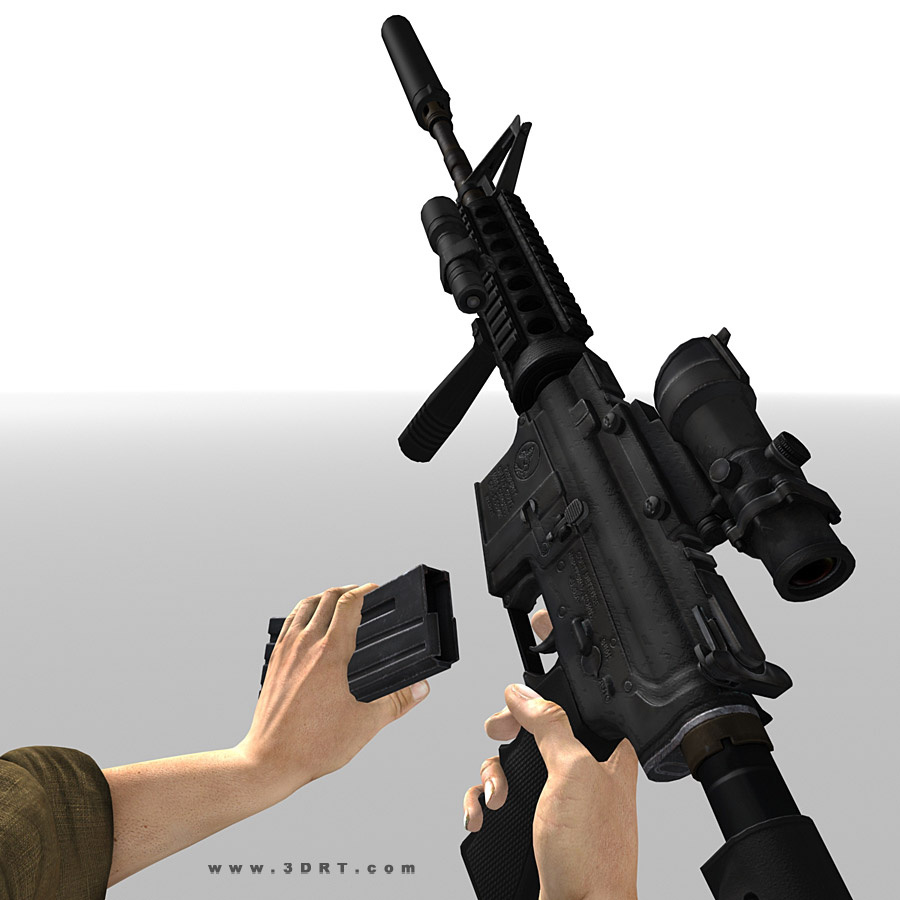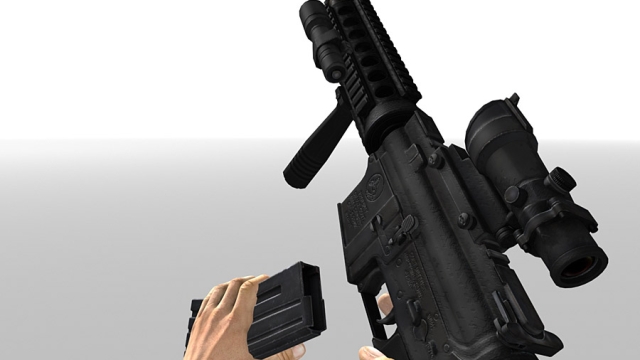Firearms have long held a significant place in human history, evoking a range of reactions and opinions. From hunting to self-defense, their existence is deeply intertwined with our sense of security and the exercise of power. The world of firearms is a vast and intriguing one, encompassing a diverse array of designs, technologies, and purposes. Regardless of personal beliefs, it is undeniable that firearms have left an indelible imprint on society, shaping our perception of warfare, protection, and even recreation. So, let us embark on a journey to explore the captivating world of firearms, delving into their complex history, overarching impact, and the ongoing debate surrounding their use.
Types of Firearms
When it comes to firearms, there is a wide range of options available for various purposes and preferences. Let’s explore some of the different types of firearms that exist.
Pistols:
Pistols are handheld firearms that are designed to be fired with one hand. They are known for their compact size and ease of use. Pistols come in different variations such as semi-automatic, single-shot, and revolvers. These firearms are commonly used for personal defense purposes due to their portability and quick firing capability.Rifles:
Rifles are long-barreled firearms that are designed to be fired from the shoulder. They are known for their accuracy and range. Rifles are widely used for hunting, sporting events, and military applications. They come in various configurations, including bolt-action, semi-automatic, and lever-action rifles.Shotguns:
Shotguns are firearms that are designed to fire a shell loaded with multiple projectiles, commonly known as shot. They have a smooth bore barrel and are used for various purposes such as hunting, self-defense, and sport shooting. Shotguns can be further categorized into pump-action, break-action, and semi-automatic shotguns.
Each type of firearm offers its own unique advantages and is suited for specific situations. Whether it’s the compactness of pistols, the accuracy of rifles, or the versatility of shotguns, firearms provide a wide range of options for enthusiasts and professionals alike.
Evolution of Firearm Technology
The evolution of firearms has been a fascinating journey characterized by remarkable advancements in technology and design. From their humble beginnings to the powerful weapons we see today, firearms have played a crucial role in shaping the world as we know it.
Early Firearm Innovations
In the early days, firearms were essentially black powder weapons, relying on ignited gunpowder to propel a projectile forward. These early firearms, often referred to as matchlock firearms, operated through a simple yet ingenious mechanism. A slow-burning match cord was used to ignite the gunpowder, creating a controlled explosion that propelled the bullet out of the barrel.
The emergence of Rifling
As time progressed, gunsmiths sought ways to enhance accuracy and range. This led to the discovery of rifling, a technique that revolutionized firearms. Rifling involved engraving spiral grooves on the inner surface of the barrel. This innovation greatly improved accuracy by causing the projectile to spin, stabilizing its flight path and increasing its range.
Modern Firearm Advancements
In recent years, the firearm industry has witnessed numerous advancements, fueling debates and discussions worldwide. One of the key developments has been the introduction of semi-automatic and fully automatic firearms. These firearms have the ability to fire multiple rounds in quick succession, drastically increasing firepower and efficiency.
With the advent of computer technology, smart firearms have also emerged. These innovative weapons incorporate biometrics and authentication systems, allowing only authorized users to operate them. This technology aims to provide added safety and security, reducing the risk of accidental misuse or unauthorized access to firearms.
The evolution of firearm technology has truly been a testament to human ingenuity and our constant quest for improvement. As we continue to walk the fine line between personal liberties and public safety, it is crucial to have a comprehensive understanding of firearms and their evolution in order to navigate the intricate and intriguing world they inhabit.
3. Global Perspectives on Firearms
Firearms play a significant role in various societies and cultures worldwide. They have a long history of shaping nations, influencing policies, and affecting individual lives. In this section, we will explore some global perspectives on firearms.
Sign Up
One country where firearms have deep cultural and historical significance is the United States. The Second Amendment of the U.S. Constitution guarantees the right to bear arms, which has sparked passionate debates about gun control and individual freedoms. With a large number of civilian gun owners, the U.S. has a strong gun culture that includes sporting activities, self-defense, and hunting.
Moving across the Atlantic, Switzerland is another country known for its unique perspective on firearms. The Swiss have a conscription system where firearm training is a standard part of military service. As a result, Switzerland boasts one of the highest gun ownership rates per capita in the world. Despite this, strict regulations govern the storage and use of firearms, ensuring a responsible approach to gun ownership.
Shifting our focus to Japan, we encounter a contrasting perspective on firearms. Japan has some of the strictest gun control laws globally, leading to an incredibly low rate of gun ownership. Firearms are strictly regulated, and applicants must pass an extensive background check, mental health evaluation, and complete rigorous training before obtaining a license. Consequently, Japan has a notably low rate of gun-related crime, which reflects the effectiveness of their stringent gun control measures.
These examples highlight how different nations approach the issue of firearms, showcasing the diverse global perspectives on this contentious topic. Understanding these perspectives is crucial for fostering informed discussions and promoting dialogue on how to strike a balance between individual rights and public safety.



